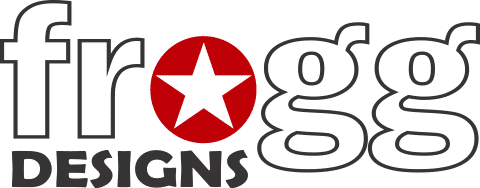Good design is obvious. Great design is transparent.
The lines between technology and design continue to blur, revealing trends that are not just about looking good but about creating seamless, intuitive, and engaging user experiences. Did you know that 75% of users make judgments about a company’s credibility based on its website design? In today’s fast-evolving digital world, keeping your website design fresh and on-trend isn’t optional—it’s essential for staying relevant.
From AI-driven personalisation to immersive 3D visuals, the trends shaping 2025 are bold, user-focused, and surprisingly easy to implement with the right tools. Let’s explore the design elements, tools, and strategies that are defining the future of web design. Whether you’re a business owner, a designer, or just someone curious about what’s next, 2025 is going to be an AI-dominant year as ChatGPT Search gains traction and pushes Google towards change.
Let’s dive into the top trends shaping tomorrow’s web!
Personalisation at the Forefront of Web Design
In 2025, web users expect their experience to feel tailored to them—and AI is making it happen. Imagine landing on a website that instantly understands your preferences, from product suggestions to the language you speak. AI-driven personalisation is more than a trend; it’s a necessity for websites that want to stay relevant in an increasingly competitive landscape.
Practical Personalisation Tips
- Leverage Behavioural Data: Tools like Google Analytics and HubSpot allow you to tailor content to individual visitors based on their browsing history.
- Dynamic Content: Use plugins like OptinMonster or Elementor to display custom offers or messages.
- Chatbots: AI-powered chatbots provide instant support, creating a seamless customer experience.
Micro-Animations in Web Design
Subtle yet impactful animations or responses to user actions that add life to a website and enhance engagement. Think of buttons transforming when hovered over, tooltips appearing on colorful links, or visuals that gently fade into view. These elements add personality and interactivity to a website site while ensuring the user experience feels intuitive and human.
This trend reflects our desire for instant feedback and gratification in a digital world. When users see a relevant response to their actions—whether it’s submitting a form or navigating a menu—it creates a sense of acknowledgment and enjoyment.
Micro-interactions:
- Entrance Animations and Motion Effects to elements.
- Hover Effects and Styling Transformations to make widgets interactive.
- Lottie Animations and Animated Headlines for playful, responsive designs.
Minimalism Meets Functionality
While bold designs are on the rise, minimalism isn’t going anywhere. Clean layouts, intuitive navigation, and whitespace remain cornerstones of effective web design. But minimalism is evolving, so expect to see it paired with bold typography, vivid colours, and purposeful animations.
Design Principles to Embrace
- Whitespace: Enhance focus by reducing clutter.
- Typography: Choose readable yet striking fonts to draw attention.
- Contrasting Colours: Use high-contrast palettes for readability and visual appeal.
Web Design Trends You Can Implement Today
You don’t have to wait until 2025 to start embracing these trends. Whether it’s integrating micro-interactions or exploring augmented reality, there are tools and resources available now to get started.
Staying on top of web design trends isn’t just about keeping up appearances. It’s about creating a website that feels modern, intuitive, and aligned with your users’ expectations. At Frogg Designs, we’re passionate about helping businesses do just that. Ready to future-proof your website? Let’s leap into the future together!
